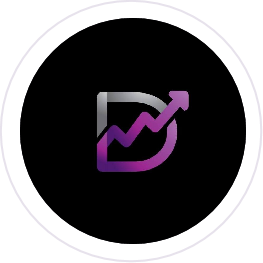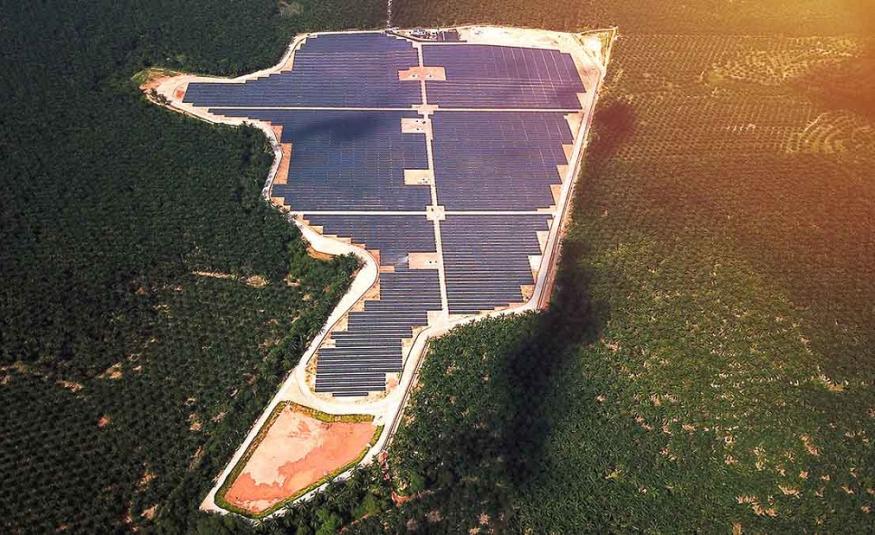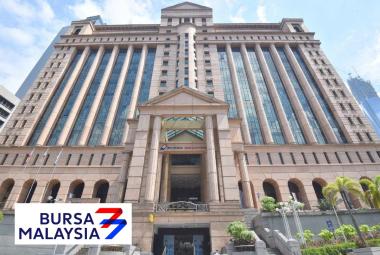A solar farm in Kedah, installed by Plus Solar
By Ko Chuan Zhen
[email protected]
The pandemic has disrupted economies worldwide, and hampered renewable energy’s (RE) progress, though the International Energy Agency in November projected its impact to be temporary, with the use of fossil fuels expected to decrease. This places renewables as the largest source of electricity generation globally by 2025, supplying one third of the world’s electricity.
In a more developed market, the US administration under President-elect Joe Biden has outlined that climate change will be a top priority, second to Covid-19 recovery. An ambitious roadmap to have a carbon free power sector by 2035 will see investments in green energy technologies such as solar, wind, battery storage and more.
In Malaysia, the Budget 2021 highlights sustainable initiatives consistent with the United Nations’ (UN) Sustainable Development Goals (SDGs), which puts Malaysia in the right frontier alongside leading nations. Whilst, the NEM 3.0 announcement by the Energy and Natural Resources Ministry just last week promises undeniable benefits, specifically for solar adopters.
As a leading clean energy provider in Malaysia, Plus Solar has identified three key trends that will act as catalysts for the industry.
1. Government Initiatives - Large Scale Solar & NEM 3.0
The government has recognised solar generation as a key contributor towards the national 20% RE goal by 2025. Industry experts have singled out the 1GW solar development tender by the Energy Commission, expecting it to unlock RM4 billIon in investment and create an estimated 12,000 new jobs.
Large scale solar (LSS), or solar farms, has been a focus area for Plus Solar as we have successfully completed projects with a total capacity of 100MWp, under the government’s LSS projects. These initiatives focused on opportunities for local players, is aimed to stimulate the country's RE industry in the midst of the pandemic.
Malaysia’s Net Energy Metering scheme has allowed excess solar photovoltaic (PV) generated energy to be exported back to the grid on a “one-on-one” offset basis, recorded in credits. Its next iteration, NEM 3.0, was just announced last week where Energy and Natural Resources Minister, Datuk Dr. Shamsul Anuar Nasarah states that the programme introduces three initiatives which include NEM Rakyat (domestic users), NEM GoMEn (government buildings) and NOVA (non-domestic premises). We are confident that, NEM 3.0 will drive not just the solar industry and deliver savings for businesses, and increase in terms of public consumption, as well as government buildings.
From our own experience, through the NEM, end-users such as those operating in industrial and commercial sectors have seen significant savings and this will continue to drive up the trend. Brands such as Mah Sing Plastics and AJIYA Group are amongst the adopters of NEM, and will see full returns on investment in 5 years, with electricity savings of up to 20% per annum.
2. Energy Efficiency & Digitalisation
Worldwide, business owners ask if more can be done to lower energy costs beyond simple solar setups. With this, we foresee digitalisation of energy to be a trend adopted across commercial and industrial buildings in Malaysia.
A major strain experienced by businesses is the management of operating expenses under financial pressures, while having to optimise energy consumption. In a survey by Price Water Coopers (PWC), 71% of Malaysian businesses attempted to reduce operating expenses (OPEX) as a form of optimisation to survive pandemic challenges.

Developed in-house by Plus Solar, the Cloud-based and Artificial Intelligence of Things (AIoT)-enabled SOURCE connects energy data within the building and operations data in a single platform, converting it from just data to business intelligence. Energy savings of up to 25% have been experienced by our clients which have translated to bottom line savings, encouraging further adoption.
3. Smart Grids & Battery Storage
Smart grids are decentralized grids and through the use of AIoT, automatically regulate supply and demand. For example, an outage or surge in electricity demand in an area would trigger an automatic redirection of current. It ensures greater cost efficiency, reliability, and customer satisfaction than afforded by centralized grids.
With time and continued clean energy adoption, we believe smart grids will form. TNB has begun by investing RM2.7 billion into Grid of the future technologies that would place smart metres in Malacca and the Klang Valley. A challenge for conversion to solar power is inconsistent energy supply. Without battery-stored energy, we turn to fossil fuels in times of off-peak sunshine. Ideally, we would have clean energy 24 hours a day.
Petronas, a national stakeholder, have also realised battery storage’s importance, by launching a solar energy and installation service firm that includes battery storage amongst its fleet of offerings for commercial and industrial customers.
Greener Energy for a Better Malaysia
With the attractive Green Investment Tax Allowance (GITA) by MIDA and NEM 3.0 in place till 2023, people begin to have a realization that solar is no longer a luxury but an affordable essential. Efforts ranging from government initiatives and policies to energy efficiency and battery storage are all steps in the right direction as we pursue cleaner, greener energy for a better Malaysia. Industry players such as solar solutionists, policymakers, financial institutions and investors all have an important role in making this a reality, towards a vibrant RE ecosystem for Malaysia. - DagangNews.com

The writer is Chief Executive Officer and Co Founder of Plus Solar Systems Sdn. Bhd, which is the nation’s leading total clean energy solutions company with a track record of over 200MWp.










